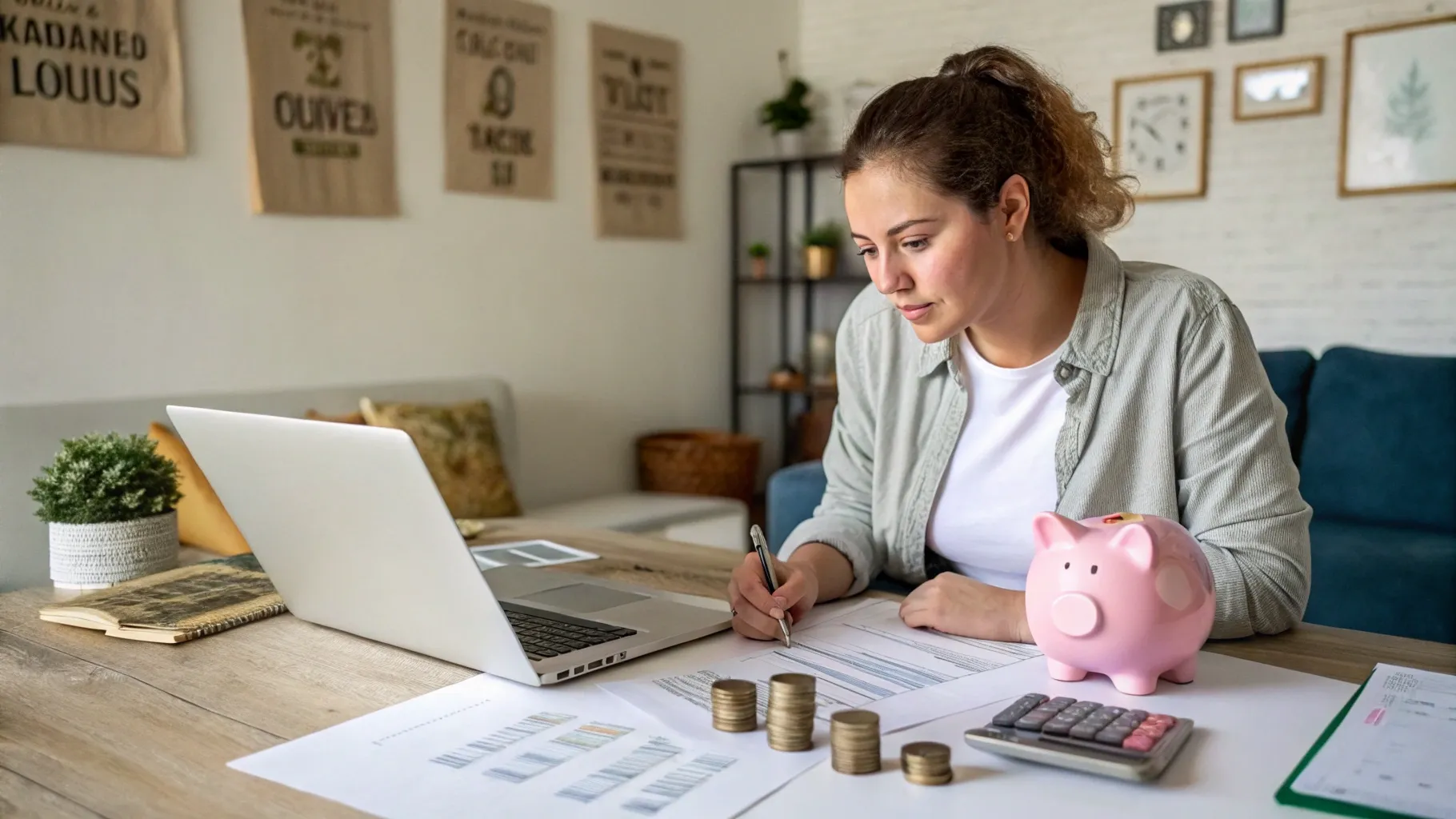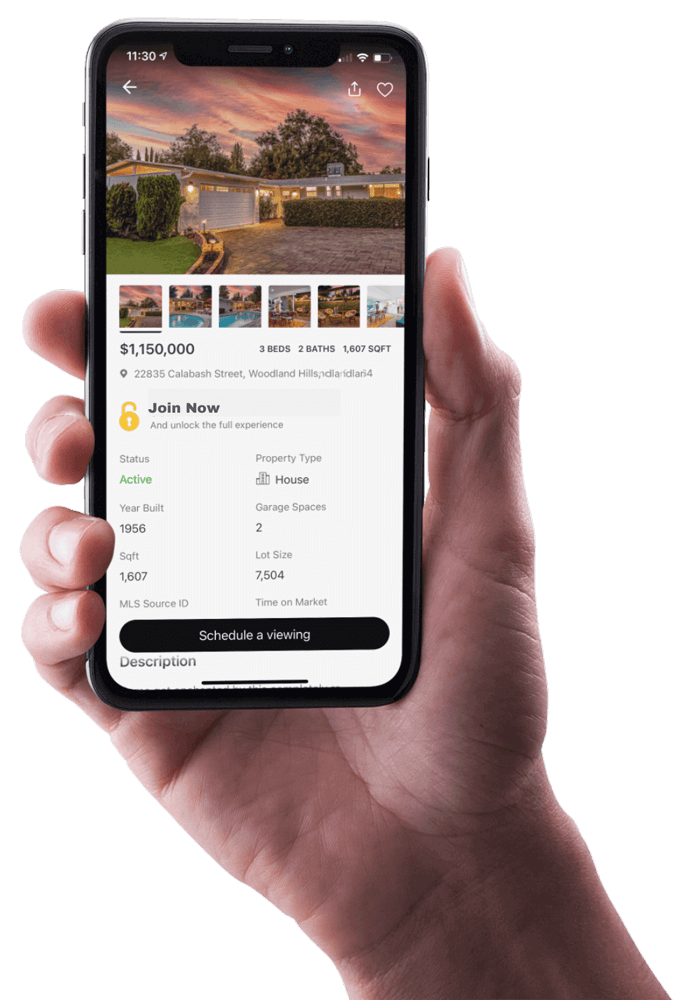How Plumbing Conditions Influence Property Value and Buyer Confidence
Plumbing systems play a key role in home inspections, buyer confidence, and long-term property value. Learn how infrastructure impacts real estate decisions.

If you buy a home independently, you don't have to compromise on any decision. Also, you build equity and improve your credit score, helping you secure a better financial future. Saving enough to cover the down payment takes enormous effort, but here's how you can make it work.
Saving for a Down Payment on Your Own
Buying a home on your own can be challenging, even with a good salary and substantial savings. Simply saving for the down payment can be difficult since it costs just under $43,500 as of 2025. The average ranges from $5,814 to $98,670, depending on the state. You're paying half that of Floridians but nearly 10 times more than people in Mississippi.
Years ago, five-figure down payments were reserved for exceptionally pricey homes. They're the norm in most states now, even if you don't buy a new build home, but that doesn't mean homeownership is out of reach. You can save more and pay less if you're smart about your budget and credit score.
Everything to Know About Down Payments
A down payment is a percentage of the sale price, typically ranging from 3% to 20%. Utah has a wealth of half-million-dollar homes, which require anywhere from $15,000 to $100,000 down. The specifics vary depending on your loan program type.
According to the Consumer Financial Protection Bureau, conventional mortgage loans are the most common, followed by government loans. The Federal Housing Administration insures FHA loans, the U.S. Department of Veterans Affairs guarantees VA loans and the U.S. Department of Agriculture offers USDA loans.
How Much Should You Save for a Down Payment?
Each one of these loan programs has different benefits, drawbacks and qualifications. For instance, the VA loans are only for service members, veterans or surviving spouses. Local agencies may have alternative options for low-income borrowers, first-time home buyers or public service employees.
The down payment amount varies by type. Conventional loans charge at least 3% but are typically higher. In 2025, the typical homebuyer put 18.6% down. FHA ranges from 3.5% to 10%, depending on whether your credit score is above 499 or below 580. USDA and VA loans require zero percent down and have low interest rates.
Becoming a Homeowner Starts With Planning
Not assessing whether you can actually afford a house is one of the biggest mistakes you can make as a first-time home buyer. If you spend all your savings upfront, you will have nothing left over for closing costs, mortgage payments, property taxes, home insurance and utilities, not to mention emergencies like a burst pipe or broken garage door.
Even if you fall in love with a home's character, size or neighborhood, you must approach homebuying practically. Saving for somewhere that works with your budget and lifestyle ensures you can actually enjoy living there instead of stressing about bills.
With that in mind, you should look for a reasonably priced home. It's great if the down payment is lower than the maximum you're willing to pay. This way, you put more down, helping you pay off your mortgage faster. Either way, you need to grow your savings so you can afford to become a single homeowner.
5 Ways to Grow Your Down Payment Savings
Leveraging these strategies can help you afford the down payment on your dream home. Remember — no one-size-fits-all solution exists, so you should tailor them to your financial situation as necessary.
Even if you have a decent amount saved, the housing market is crazy. Nearly 40% of prospective homebuyers can't afford a 5% down payment. The most straightforward solution is to maximize your savings.
Start with a high-yield savings account and a strict monthly budget to maximize your savings. Avoid taking on other debt if you can.
With freelance writing, teaching, editing, accounting and data entry, you set your own hours and pay. Income isn't guaranteed, but it's generally better than taking on a second job. Alternatively, you could make passive income through investments and real estate.
Generally, lenders will give you better rates and require less down if your credit score is high. Consider taking out a credit card and paying off small purchases on time every month. The more you improve, the more money you'll save.
Regional, state and local agencies offer down payment assistance loan programs. They provide loans to help first-time home buyers put money down and cover the closing costs. You get help immediately but are technically taking on more debt, so be careful. Note that your mortgage type and term may impact your eligibility.
According to the Salt Lake Tribune, many Utahns are considering moving out of state to find a place where they can afford to buy a home. Lower prices mean lower down payments. Even though it's a good idea, it could be your last resort, since it could affect your job and friends.
Saving Enough for a Down Payment Takes Time
For now, freelancing, budgeting and looking for cheaper homes are the best ways to save as a single prospective homebuyer. It may take a while, but you can do it. Don't worry about rushing things — high costs mean less competition in the housing market, so you should have some breathing room.
Even if you reach your goal, keep saving. A larger down payment will reduce your monthly mortgage payments, helping you save more in the long run. You also get to sell your house sooner, which should give you more than enough money to put down on something else.
Access all your saved properties, searches, notes and more.
Access all your saved properties, searches, notes and more.
Enter your email address and we will send you a link to change your password.


Your trusted MLS search companion